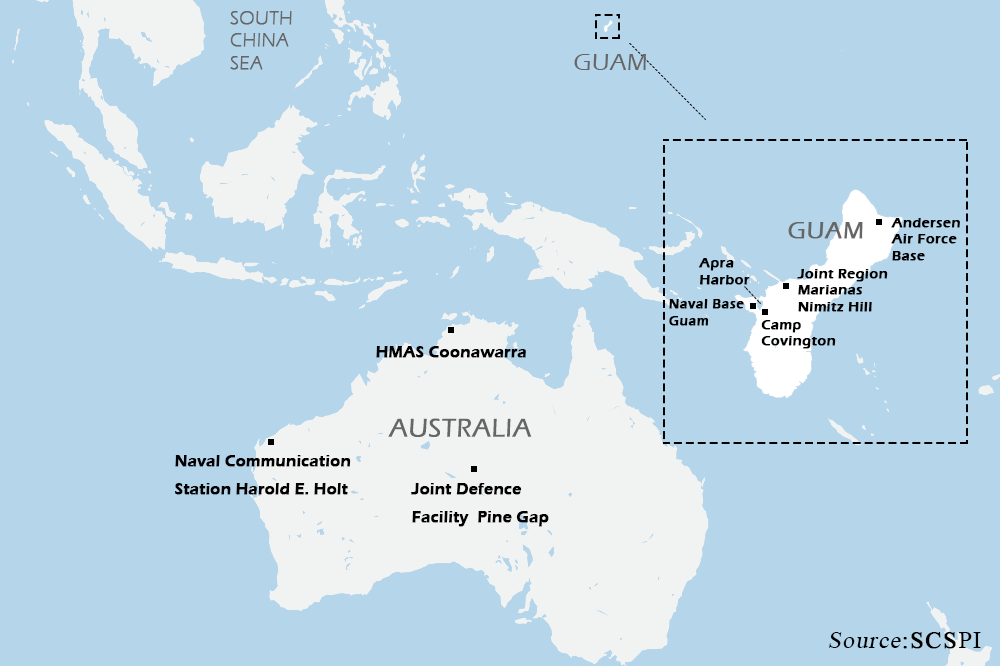Following the end of the war on terrorism, the US has shifted the focus of its national security strategy back to great-power competition and now considers China the most significant threat. Then, it becomes the top priority of US force’s global strategy to reinforce deployment in the South China Sea and surrounding areas.
US strategy documents, such as the National Security Strategy 2017, the Summary of the National Defense Strategy 2018, and Indo-Pacific Strategy Report 2019 show great concerns about China’s military modernization, play up China’s increased military clout in the Indo-Pacific region, and accuse China of seeking military superiority over the US in the “gray zone” of the South China Sea. In line with adjustments of the national security strategy, US military branches have proposed various operational concepts such as “distributed lethality,” “combat cloud,” and “multi-domain operations”. And the South China Sea is becoming the focal region for the US force to verify these concepts and prepare for the battlefield.

For this purpose,the US troops take measures from three aspects, i.e. strengthening peripheral military bases surrounding the South China Sea, promoting flexible deployment on the coast of the South China Sea and intensifying frontline military activities. These measures may enhance the deterrent and operational ability of the US forces to the largest extent and serve their geopolitical goals. The three categories of activities are coherent in action, correlated in logic, and make up a grand picture of US military operations in the South China Sea. It helps us to understand and estimate the status quo and developing trend of US troops’ operations in the South China Sea if we analyze the measures meticulously.
In general, the US, in principle, will not build new overseas military bases after 2015, limited by the plans of the US Department of Defense for the reduction of military bases. Moreover, the coastal states in the South China Sea generally are unwilling to provide permanent bases to the US troops, and most of them are reluctant to take side in the great power’s competition. The US will face great resistance in strengthening military presence along the South China Sea coast in the short term.
Against this background, the US will deploy more forces on peripheral bases, strengthen frontline presence, and exploit potentialities of frontline operational forces to exert pressure on China. In particular, the US will focus on strengthening the frequency and intensity of warships and aircrafts operating in the South China Sea. With the development of Sino-US relations, the US may initiate some dangerous moves and wander on the edge of conflicts. It will increase the risk of frontline troops from both sides confronting one another in the South China Sea, which is worthy of focus on and do more research.

